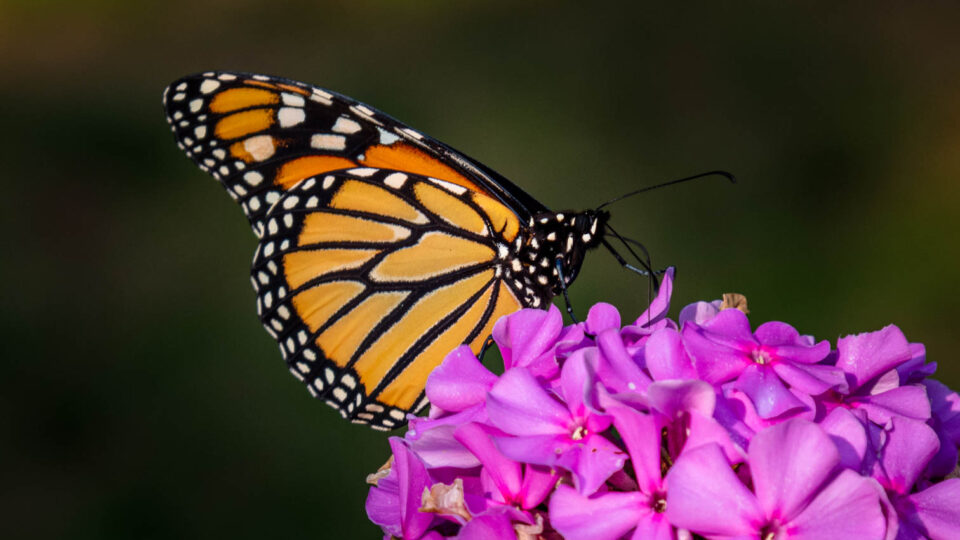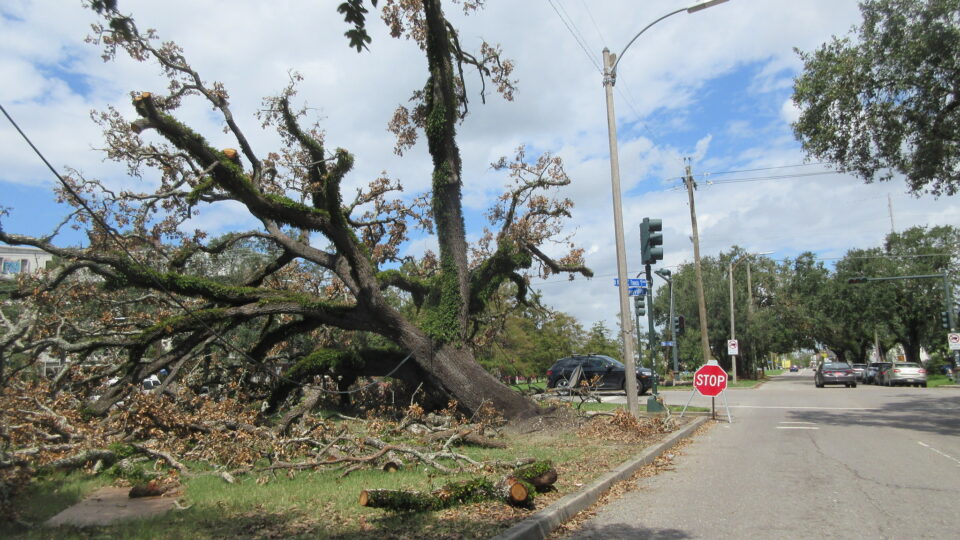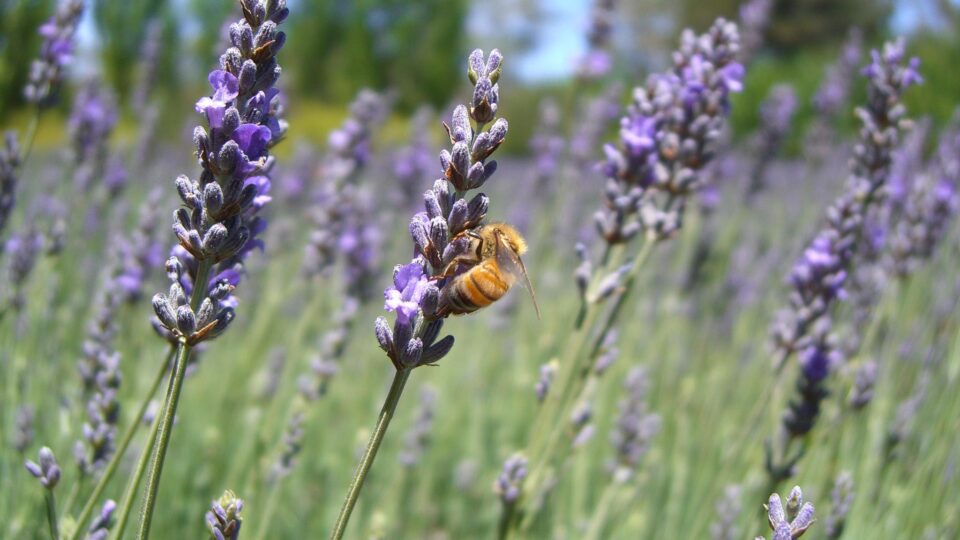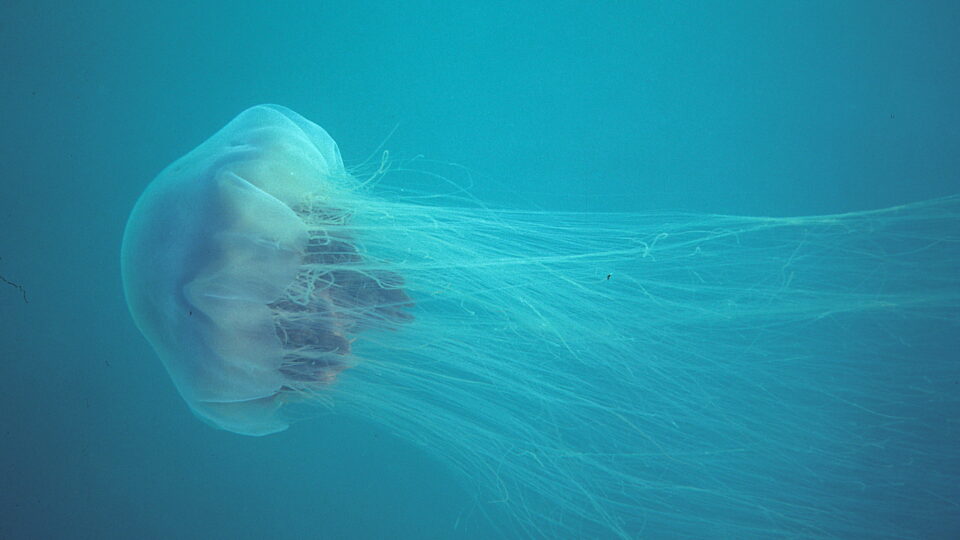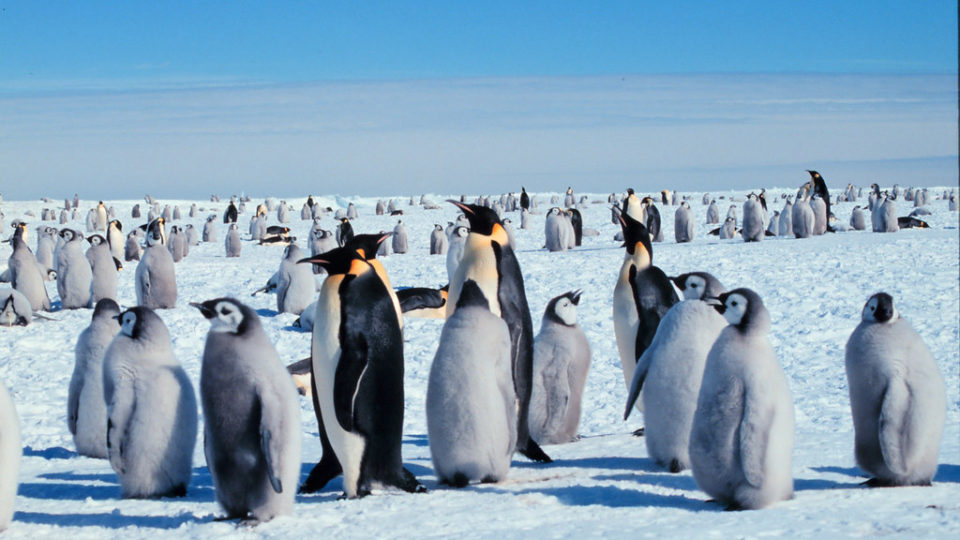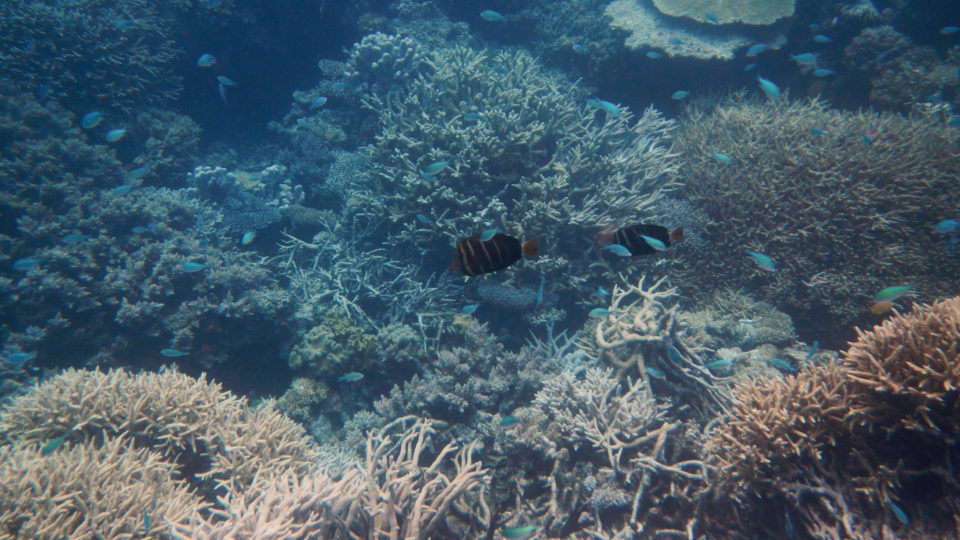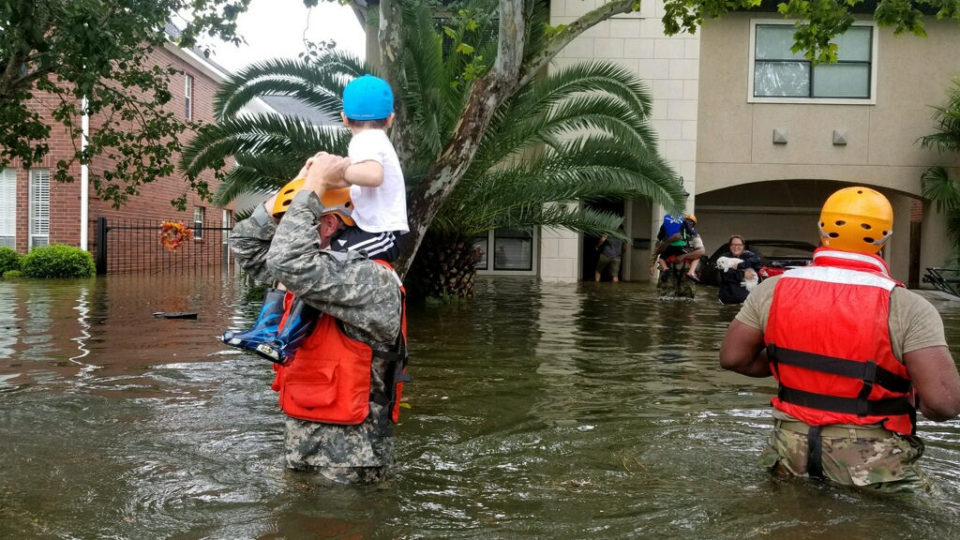Globally, freshwater lakes and reservoirs hold 87% of the planet’s liquid freshwater, making them a valuable resource for both people and wildlife. Despite their value, the long-term trends and changes to water levels of lakes have been largely unknown – until now.
According to a new assessment recently published in the journal Science, more than half of the largest lakes around the world are losing water. Using satellite observations and climate data, the research team created a technique to measure changes in water levels in nearly 2,000 of the world’s biggest lakes and reservoirs, representing 95% of the total lake water storage on Earth.
The results are staggering. According to the findings, 53% of Earth’s largest lakes and reservoirs now store significantly less water than they did in 1992. The total amount of water lost is estimated to be 144.5 cubic miles, which is equivalent to the volume of 17 Lake Meads (the largest reservoir in the U.S.).
Unsurprisingly, climate warming and human consumption were the main drivers of water loss from lakes, whereas sedimentation — the buildup of debris — was the biggest driver of water loss in reservoirs. Roughly one-quarter of the world’s population – two billion people – live in the basin of a drying lake, indicating the urgent need for sustainable water resources management.
But the news is not entirely bleak. According to the research team, the new method of tracking lake water storage trends can give water managers and communities insight into how to better protect this critical resource.
**********
Web Links
Satellites reveal widespread decline in global lake water storage
Photo, posted February 10, 2010, courtesy of Ninara via Flickr.
Earth Wise is a production of WAMC Northeast Public Radio

